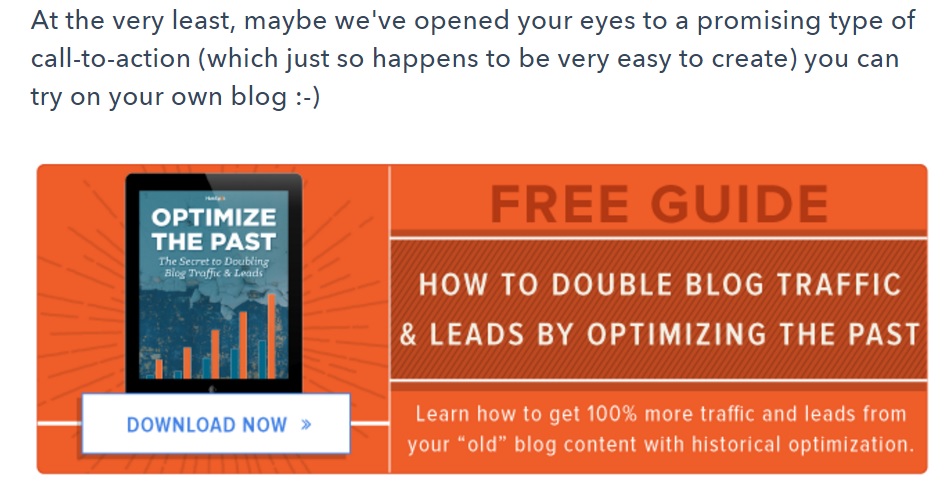Over a year ago – decades, in the world of search engine marketing (SEM) – we discussed the downfall of the call to action. When you’re writing online, including for a legal blog, the “call to action” (or “CTA”) is the paragraph that typically comes at the end of the blog post, urging readers to contact the firm. The problem with them is that they’ve become so ubiquitous in online marketing that readers don’t even bother looking at them, anymore.
Which is why readers of our Myers Freelance blog might have been surprised with our post, discussing how no one reads CTAs, anymore. For there, at the end of the article, was a CTA.
It’s there, on purpose, for three reasons:
- We take online marketing studies, including the one proclaiming the uselessness of CTAs, with lots of salt,
- Not all CTAs are the same animal, and
- Links.
Points 1 and 2 are simple, straightforward, overlapping, and have been covered elsewhere on our blog, already, so we’re just going to skim them, here. Point 3, however, is ripe for an investigation that will take us into next week’s post, as well.
SEM Studies are Often Full of Weaksauce
 Misinformation in online marketing studies is rampant. There are lots of companies out there that claim to have the magical talisman for making your site shoot to the top of the rankings. Search engines, however, are notoriously complex and in the business of promoting only relevant and important sites, so aim to destroy all magical talismans in the realm.
Misinformation in online marketing studies is rampant. There are lots of companies out there that claim to have the magical talisman for making your site shoot to the top of the rankings. Search engines, however, are notoriously complex and in the business of promoting only relevant and important sites, so aim to destroy all magical talismans in the realm.
Result: When a marketing company claims they’ve found the ingredients for Google juice, we remain skeptical.
Example: The HubSpot study on CTAs. It only studied CTAs on HubSpot. Those CTAs, as HubSpot openly admits, are templates – image-like banner ads at the bottom of a blog post. Readers recognize it for what it is – an advertisement for HubSpot – paragraphs away. Of course they’re only going to be responsible for 6% of the leads that particular post earned.

Not All CTAs are Alike
Which brings us to Point #2: Not all CTAs are the same. The ones on HubSpot were blatantly CTAs, meant to urge the reader to take some sort of action. CTAs, however, can come in a whole spectrum of obviousness, and can even be integrated into a legal blog article, something that Myers Freelance is especially good at doing (Exhibit A).
In our blog post detailing the downfall of CTAs, for example, we integrate the CTA into an ending paragraph that also includes important information on how to use the study to get the most out of legal blogging. We didn’t just copy and paste some code onto the end of the post to drop an image there.
Links
Something that you can’t take away from a CTA, though, is its ability to serve as a catch-all for the internal links that you want to promote, but might not have been able to during the post above it.
These internal links, especially when used with appropriate anchor text, tell search engines what a particular page on your website is about. For example, by continuously linking to your law firm’s contact page in your CTA through text like “contact us online,” you’re signaling to Google and other search engines that the page you’re linking to is, in fact, your firm’s contact page. Search engines, after all, are robots: They need these kinds of signals to function properly and not make mistakes.
However, the internal linking opportunities in a legal blog post’s CTA go beyond just your firm’s contact page. Promote your personal brand ranking by naming your firm and then linking to your home page through it, like this: “Bloggers at Myers Freelance are behind some of the best legal blogs on the web…” This is especially important if your law firm has a common name.
You can also do the same with landing pages in the practice areas that you most want to promote, or that have the most to do with the blog post that ends with the CTA, but that you haven’t included in the article, already.